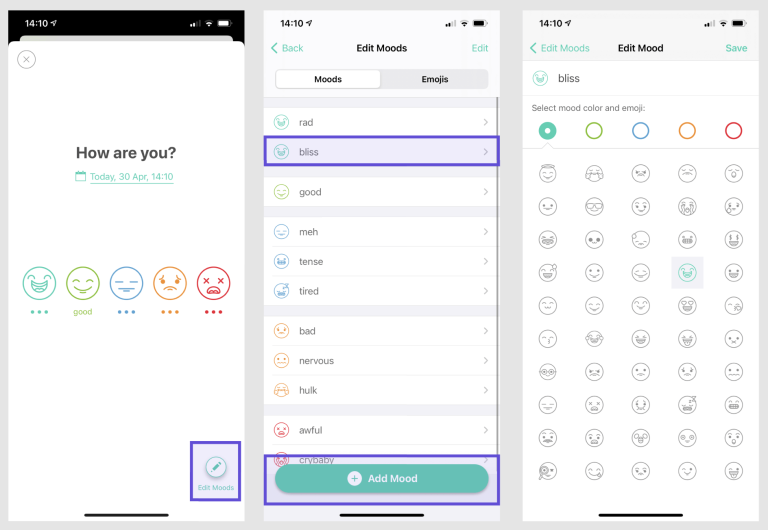With shifting urban landscapes and fitness routines, is walking 10,000 steps still a relevant target for achieving better health? Cities have gotten busier, work hours have stretched, pollution has risen, and public spaces have shrunk. All this, accompanied by longer work commutes and rising dependence on technology, makes one wonder, is the step target of 10,000 steps still as effective as it was when it initially appeared in the 1960s?
Origin of the 10,000-step benchmark
The 10,000-step initially originated from a marketing concept rather than a scientific study. Researchers later found out that the increased steps did support cardiovascular health, reducing stress and improving metabolism. Further studies found that benefits were visible by walking 6,000 to 8,000 steps also, thus starting a conversation around personalization of step counts rather than following a rigid 10,000-step target.
The Unique Lifestyle Landscape in India
The challenges in India are much different than those in the Western countries. The commute times are longer, work hours are irregular, and air quality is usually poor, all of which have an impact on the walking patterns that can be adopted. While a tech professional who has back-to-back meetings may be able to clock only 3,000 to 5,000 steps, a delivery person may be able to clock more than 12,000 steps, even without a planned walking schedule. In India, fitness is routine-centric and not gym-culture-centric.
Thus, in India, where lifestyle varies based on location, profession, and age group, a generic routine would not suit everyone.
The Modern Researches POV
As per recent research, steps matter, but the intensity and consistency of movement matter equally, if not more. Even short bursts of brisk walks are found to help the body get improved mental clarity and get a better insulin response. It is found that moderate activities spread throughout the day can help lower the risk of lifestyle diseases that are rising across India nowadays.
It can be presumed that people who complete 7,000 steps in a properly planned manner may end up benefitting more than someone who completes 10,000 steps but not in a planned manner. This indicates that it is important to understand how the body responded instead of just chasing the number of steps completed.
Planned walking patterns can help you improve your blood pressure, reduce your stress, and improve your heart rate overall. The sustainable habits can often help outperform large targets that feel intimidating.
Future of Walking
The AI-powered health apps in the now smarter wearables can help study your pace, heart rate, and the pollution level around you, as well as the weather in your neighborhood, to advise you on how many steps you should walk. With these improvements in technology, the rigid 10,000 target is evolving into individual-specific flexible ranges.
Along with that, walking clubs also help people prioritize regularity over just the number of steps walked.
We live in an age where fitness is unique for every individual, powered by smart technology and personalized data. In these times, the ideal step count has become dynamic, evolving as your lifestyle evolves.
Key Takeaways
The 10,000-step campaign was aimed at acting as a starting point for people to become more active. The step count depends on your environment and lifestyle. The focus should be on feeling energized, being consistent, and making walking feel effortless.
FAQs
Q. Is the 10,000-steps rule scientifically proven?
A. The 10,000-step walking concept originated from a marketing campaign rather than research. It was later that studies found that step counts of up to 6,000 to 8,000 help improve cardiovascular activity and metabolic activity, though results vary based on the individual.
Q. Can short walks spread throughout the day replace one long walking session?
A. Multiple short bursts of walking can help individuals experience better energy and reduce prolonged sitting sessions.
Q. Do fitness wearables set accurate step goals?
A. Modern wearables offer improved accuracy and generate suggestions based on personal patterns. The users can understand effort levels based on the activities of the user.
Q. Is brisk walking better than slow walking?
A. Brisk walking helps burn calories more effectively. Slow walking helps support joint health, mobility and mental relaxation. Thus, both have their own benefits.
Q. How does air quality influence walking routines?
A. Walking outdoors may not always be ideal in places where pollution levels are high. Treadmills or indoor walking tracks can help maintain consistency without risking respiratory strains.
Q. Can walking help individuals with sedentary work lives?
A. Yes. Even two or three short walks during work help reduce body stiffness, improve posture, and ease stress. Individuals with a sedentary work style benefit greatly from movement breaks.






